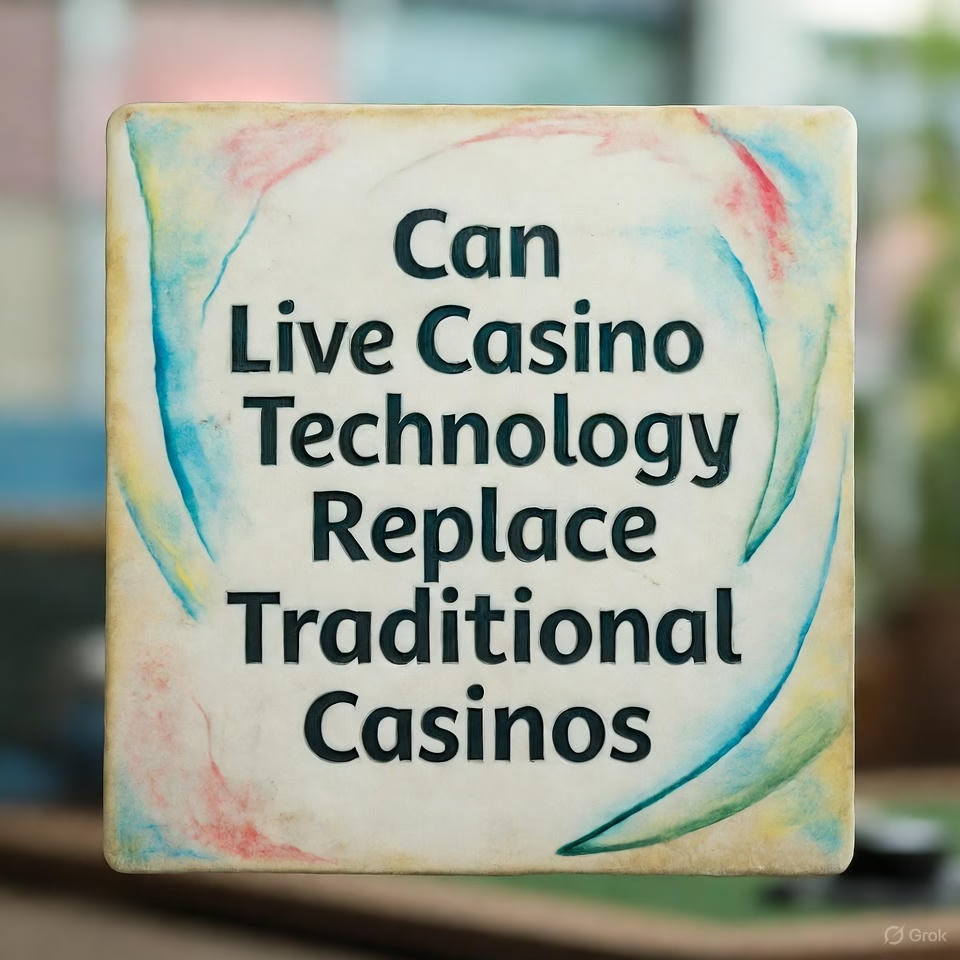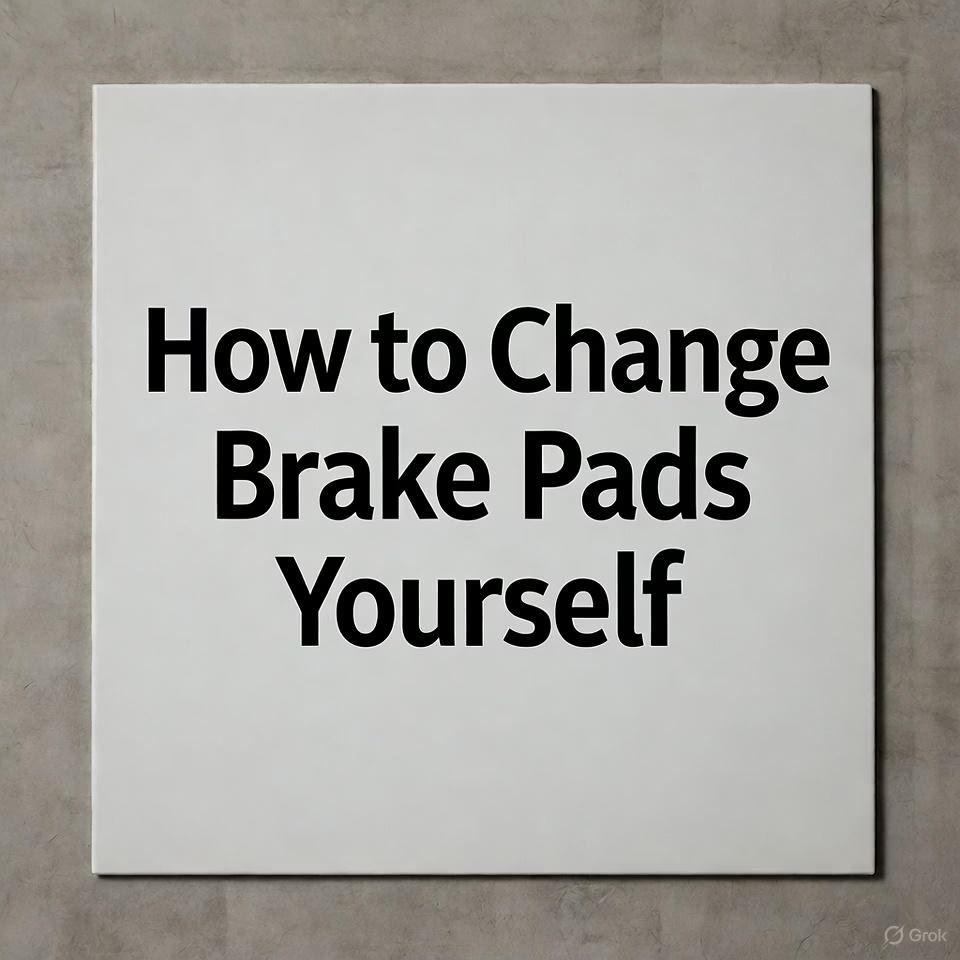For those living with severe or chronic spinal pain, finding lasting relief can be a difficult journey. When other treatments such as physiotherapy, medication, or injections fail to provide adequate relief, a permanent nerve block for back pain may be recommended.
This article explains how permanent nerve blocks work, what to expect from the procedure, and how to decide if it’s the right option for your condition. While not every vein clinic in Sydney provides this service, many pain clinics and specialists do offer this advanced form of treatment.
Understanding Spinal Pain and Its Challenges
Spinal pain, particularly in the lower back, can be caused by a range of conditions. In many cases, the pain is linked to irritated or damaged nerves.
Common Causes of Chronic Back Pain
- Herniated or bulging discs
- Spinal stenosis (narrowing of the spinal canal)
- Post-surgical complications
- Nerve root compression
- Facet joint arthritis
When nerves in the spine are compressed or inflamed, pain signals are constantly sent to the brain. This can result in ongoing discomfort, often radiating to the legs or arms.
Why Conventional Treatments Don’t Always Work
Standard treatments such as over-the-counter pain relief, physical therapy, or steroid injections may provide only temporary improvement. In some cases, the pain becomes resistant to these interventions.
For those who cannot undergo surgery or who have not responded well to other treatments, a permanent nerve block may offer a long-term solution.
What Is a Permanent Nerve Block?
A permanent nerve block is a procedure designed to stop pain signals from reaching the brain by targeting specific nerves that are causing the discomfort.
How It Differs from Temporary Blocks
Unlike temporary nerve blocks, which use anaesthetic or steroid injections to interrupt pain signals for a few hours or days, a permanent nerve block aims to achieve longer-lasting results. This can be achieved through various techniques such as:
- Radiofrequency ablation (RFA): uses heat to disable the nerve.
- Chemical neurolysis: uses alcohol or phenol to destroy the nerve tissue.
- Cryoablation: uses extreme cold to disrupt nerve function.
These methods prevent the nerve from transmitting pain messages for months, and in some cases, permanently.
Who Performs the Procedure?
Permanent nerve blocks are typically carried out by pain management specialists or anaesthetists with experience in spinal procedures. You may be referred by your GP, spinal surgeon, or vein clinic in Sydney if they identify related symptoms involving nerve compression.
What to Expect During the Procedure

Knowing how the procedure works can reduce anxiety and help you prepare.
Pre-Procedure Assessment
Before your appointment, your doctor will:
- Take a detailed medical history.
- Review any imaging studies like MRI or CT scans.
- Pinpoint the exact location of the nerve causing your pain.
You’ll be advised to stop taking blood thinners, if necessary, and may be asked to fast for a few hours before the procedure.
The Day of the Procedure
- You’ll lie on your stomach or back, depending on the area being treated.
- The skin is cleaned and numbed with a local anaesthetic.
- A thin needle is guided to the nerve using fluoroscopy (real-time X-ray).
- Once the nerve is located, the selected method (radiofrequency, chemical, or cryo) is applied.
The entire procedure typically takes between 30 and 60 minutes. Most patients go home the same day.
Pain Relief and Recovery
You may experience some soreness for a day or two, but most people report improvement within the first week. In successful cases, the relief can last for many months or longer.
Benefits of a Permanent Nerve Block
The goal of a permanent nerve block is to reduce or eliminate pain without the need for ongoing medication or surgery.
Key Advantages
- Long-term or permanent pain relief
- Avoidance of opioid medications
- Improved mobility and quality of life
- Minimal recovery time
- Can be repeated if needed
This option is particularly useful for patients with complex spinal conditions or multiple failed treatments.
When It’s Most Effective
Permanent nerve blocks tend to work best when:
- The source of pain has been clearly identified.
- The patient has already responded well to a temporary nerve block.
- Conservative treatments have been exhausted.
Risks and Considerations
As with any procedure, there are potential risks, although they are relatively uncommon.
Possible Side Effects
- Mild discomfort at the injection site
- Temporary weakness or numbness in the treated area
- Infection (rare)
- Bleeding or bruising
- Nerve damage (extremely rare)
Choosing an experienced clinic and following all aftercare instructions significantly reduces the risk of complications.
Is It Really Permanent?
In some cases, the treated nerve may regenerate, which could bring back the pain over time. However, many patients enjoy months or even years of relief before needing a repeat procedure.
How to Choose the Right Clinic in Sydney
If you’re considering a permanent nerve block for back pain, it’s essential to find a clinic that specialises in pain management and spinal conditions.
What to Look For
- Board-certified specialists
- Access to diagnostic imaging
- Clear explanation of all treatment options
- Positive patient outcomes and reviews
While a vein clinic in Sydney may not offer this service directly, many multidisciplinary clinics provide referrals to pain management specialists for this type of procedure.
Conclusion

Permanent nerve blocks can be a life-changing treatment for people living with severe spinal pain. If you’ve tried multiple therapies without success, this option may offer the lasting relief you’ve been hoping for.
Before proceeding, have a detailed discussion with your doctor about your symptoms, treatment history, and goals. With the right guidance and care, a permanent nerve block for back pain can be a safe and effective solution.






